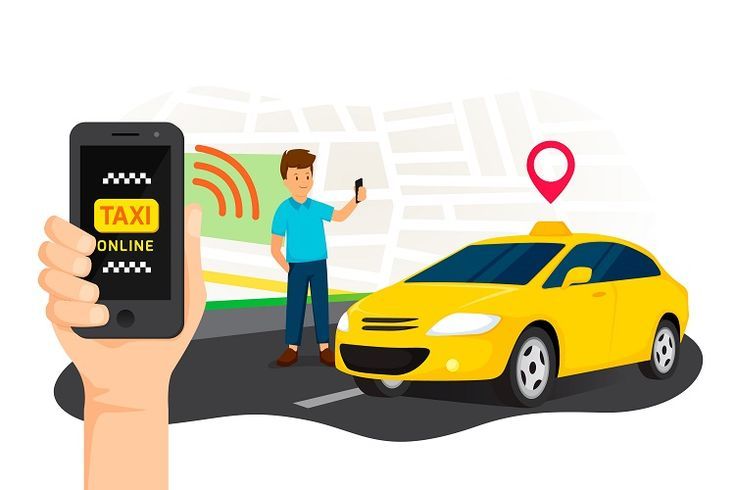
A Look at the Future of Driverless Taxis
The world of **urban transportation** is on the cusp of a massive transformation, driven by the rise of **driverless taxis**. These autonomous vehicles promise to redefine how we navigate cities, offering new levels of convenience, efficiency, and safety. But what exactly does the future hold for this exciting technology? Here are some key aspects to consider:
1. Safety Innovations: Autonomous taxis are equipped with advanced sensors, cameras, and artificial intelligence that help minimize accidents caused by human error. These innovations could make cities safer for both passengers and pedestrians.
2. Cost Efficiency: As technology evolves, driverless taxis could significantly reduce operating costs by eliminating the need for drivers. This, in turn, could make taxi rides more affordable for consumers.
3. Environmentally Friendly: Many driverless taxis are expected to be electric, contributing to a cleaner urban environment by reducing emissions and promoting sustainable transport solutions.
4. Impact on the Taxi Industry: While driverless taxis offer numerous benefits, they may also pose challenges for traditional taxi drivers. The transition could result in job losses, but it might also create opportunities in tech maintenance and management.
5. Regulatory Hurdles: The future of driverless taxis will depend heavily on government regulations and public acceptance. Cities will need to adapt their infrastructure and policies to accommodate autonomous vehicles safely.
6. A New Era for Urban Mobility: Once fully integrated into urban environments, driverless taxis could revolutionize public transport, offering on-demand services that operate 24/7, free from the constraints of human schedules.
As technology continues to advance, the future of driverless taxis looks incredibly promising. These vehicles have the potential to transform urban mobility, offering safer, more efficient, and environmentally friendly alternatives to traditional taxis.

Leave A Comment